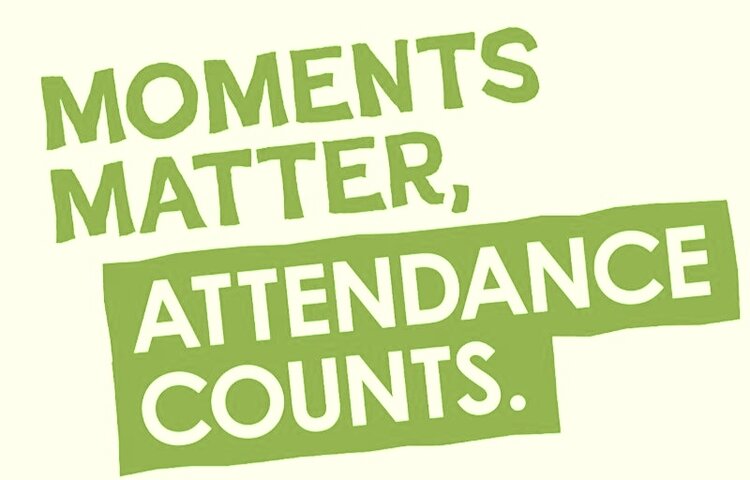Technology
Welcome to Technology
DESIGN Key Stage 3
Technology includes Information Technology and Design Technology. The curriculum is based on the design cycle assessment structure to enable students to develop projects in different materials that include the following areas:
• Inquiry and analysing of the design brief
• Designing and development of chosen ideas
• Creating the solution, including model making
• Testing and Evaluating throughout the process
Students will use a variety of mediums to the meet the requirements of the design cycle, these will include learning in textiles, polymers and wood, and graphic design. Students will be provided with a design brief and given opportunities to explore and generate ideas based on their individual outcome. Students will engage with a variety of practical skills to aid their planning and emphasise more informed choices that meet the needs of the design brief, throughout the creating process. This will encourage students to be curious, creative and reflective learners then over time students will begin to generate and produce more independent and innovative ideas.
The Parkfield technology course will provide students the opportunity to uncover authentic problems. The course will be developed for students not only to master a variety of practical skills, but also to extend their problem-solving skills. It is expected that many of the skills learned during the courses can be applied to problems and situations beyond the design technology classrooms.
The Parkfield Technology course encourages students to be curious, creative and risk takers, among other attributes. Many of the projects will be organised with a degree of flexibility.
Year 7
Graphics and Food Technology
Students gain understanding about a balanced diet and basic nutrition, this will lead to development of food packaging ideas that has an emphasis on graphic drawing skills. This will also lead to learning the basics of 2D design.
Resistant Materials – students carry out a range of practical skills in order to pass a practical licence of capability. This includes:
• Students work with plastic (Acrylic) to create a badge, using hand skills.
• Students work with a manufactured board (Plywood) to create a keyring, using the pillar drill and band facer.
• Students plywood and the fretsaw to create a photograph, recipe or picture holder.
Students will learn the basics about the materials they are using, their properties and uses and be able to identify them.
Textiles
Students learn to apply a variety of decorative skills to fabric and begin to generate design ideas to create a phone sleeve for a user of their choice, following the design process in a logical order. Students will learn basic hand and machine stitching skills.
Year 8
Graphics/design Skills
Learning of key graphics areas needed for GCSE, such as isometric drawing and basic working drawings.
Product Design
Students use a choice of man- made wood, or Acrylic to create a free standing clock. The stand is made from Acrylic, which is formed to shape, using the strip heater machine. They will use familiar machinery, such as the band facer and pillar drill.
Students learn about different wood joints and make a flat pack swivel mirror design using a rabbet joint. They will also use 2D Design and the laser cutter to create the mirror design. This is linked to the theme of flat pack and the company Ikea.
Textiles
Students learn a variety of basic hand and machine sewing skills that enable them to design and create a cushion using recycled fabric and they own design on the front. This is linked to the theme of upcycling.
Year 9
Graphics
Students gain an understanding about designs of products, such as CD, book covers etc. We learn how to do basic photo manipulation of various images and look at how companies carry out digital enhancement of magazine images.
The students can create Product Analysis using Keywords and identify the good, bad points and improvements. They are then able to create their own designs and show development and evaluation throughout.
Product Design and Graphics
Students build on their knowledge of wood joints and learn how to create finger/comb joints to create a storage item. The lid is engraved using 2D Design and the laser cutter. As part of this project, they will learn a variety of drawing skills to aid the development of two and three dimensional ideas, such as orthographic drawing and prepare them for the GCSE NEA (Non exam assessment project).
Textiles
Students learn a variety of making skills to produce a three-dimensional container of their choice, based on applying more advanced skills but building on their prior learning from lower school also.
DESIGN Key Stage 4
The rationale for our Design Technology qualification is to focus on developing skills in an increasingly technological world. We want to emphasise on the ‘creativity’ when designing and making and for students to develop the use of a range of tools and processes throughout the projects they carry out.
We want to inspire and enthuse students with projects guided through designing and making tasks, plus allow students to study core and specialist technical and designing and making principles, including different materials, processes and techniques.
Within the course we will ensure that there is a choice of units to meet the needs of students with different interests, allowing them to progress onto University, or more specialised vocational or academic courses in the sixth form, or at college.
This course gives students the potential opportunity, in due course, to enter employment within a wide range of junior job roles across the Design Technology sector and some aspects of the creative industries. Careers and Job roles include: Product Designer, Graphic Designer, Fashion Designer, Furniture Designer, Engineer, to name a few.
Technology Curriculum Journey

